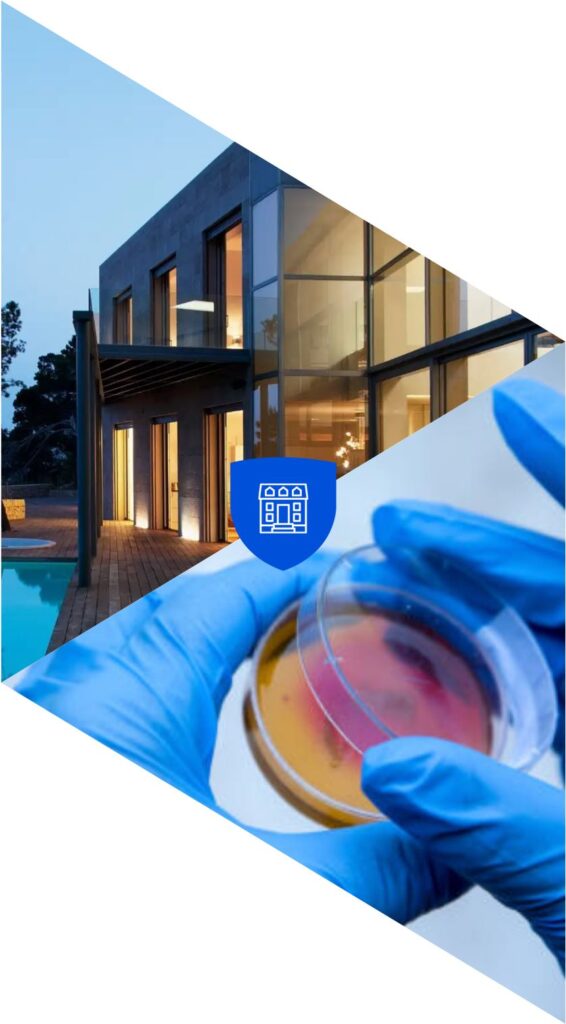Got Mold? A basic review of the causes and origins of mold in the indoor environment.
Posted by Matthew DaRin
How do we get mold? Mold growth requires a combination of four key elements: temperature, nutrients, the presence of mold spores, and water. Every home or office inherently provides three out of the four “mold essential” elements; (Temperature) indoor temperatures ranging from 60-90° are ideal for mold growth; (Nutrients) sheetrock, insulation, carpeting, wood, and many other essential building components are very suitable food sources for mold; (Mold Spores) mold spores from the outdoor environment are constantly incorporated into our indoor environments through ventilation, open windows and doors, foot traffic, etc. Therefore, the only “mold essential” variable that can be controlled to prevent mold contamination in buildings is moisture. Once a moisture problem has occurred, visible mold contamination can occur within 48-72 hours.
Sources of Moisture: The two main sources of moisture are water vapor and free or ‘bulk’ water. Water vapor refers to how much moisture is in the air at any given temperature. This is called relative humidity (RH). The Environmental Protection Agency (EPA) guidelines suggest maintaining humidity levels equal to or less than 60%, and preferably 30-50%, whenever possible, to inhibit mold growth. Free or ‘bulk’ water refers to spills, leaks, ruptured water lines, ice backup, floods, sump pump failure, etc. In these cases water can soak into floor and wall materials potentially causing mold growth not only on the damp substrate surfaces, but also within wall and ceiling cavities.
Prevention: Just as our doctors and parents have told us forever, an ounce of prevention is worth a pound of cure. This includes everything between construction techniques to operations and maintenance. Attics and basements are by far the two most frequent locations where mold growth occurs. Attics, being unconditioned spaces, will frequently have elevated humidity levels that can cause mold to grow on framing and sheathing materials. This problem can be mitigated through proper ventilation. Many basements also suffer from elevated humidity issues, but also ground water seepage through foundation walls and floors. Basements with only slight and seasonable water problems can generally be controlled through the use of dehumidifiers. Those with more chronic and severe challenges may require more drastic mitigation efforts including; regrading of the soil near the foundation, water resistant paint applications, floor drain systems, etc.
More Information
For more information, or to request a professional IAQ / mold consultation:



















